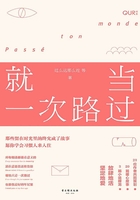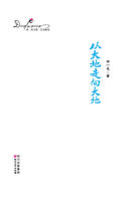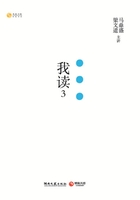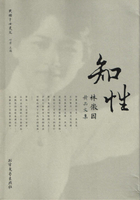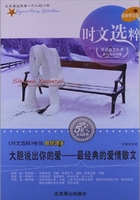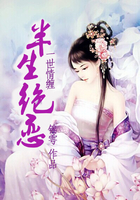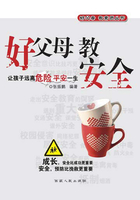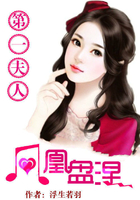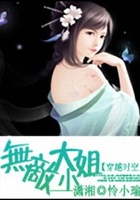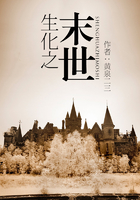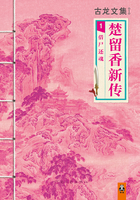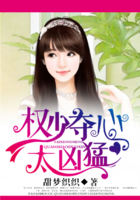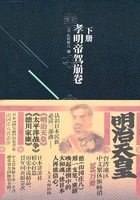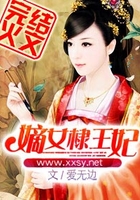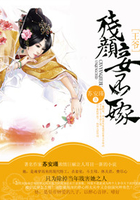— On Shipwrecked by Aerdingfu Yiren By Huo Junming
Long poems are undoubtedly more difficult to compose, and China is a country which lacks the tradition of writing long poems or epics. The epic complexion of Chinese poets, after the death of Hai Zi, is desolate featured by a shortage of followers, while the writing of long poems or epics has been the gnawing theme of contemporary Chinese poets concerning the poetic school of “Today”, the Third Generation Poetry, and Poetry of the 90s. Few followers of Hai Zi undertake the composition of long poems as their mission or task, and with no notable achievement. The composition of long poems is a hard challenge for any poet, since it is the most thorough and most comprehensive test in the poet’s language, wisdom, imagination, perception, selection, judgment, and even patience. In my opinion, the term of “long poem” is neutral, and it is still hasty to apply “epic” to criticism of contemporary Chinese poetry, even to the long poems of Hai Zi. Undoubtedly, epic is the plural writing and naming of a nation, country, history, and culture, and it is quite a strict or cruel screening process for the poet or even the epoch. The age of industrialization witnesses the birth of important long poems, but the completion of epics is still awaiting time and chance. In my opinion, a “big poem” is the interim between a “long poem” and an epic, and some influential poets, concerning contemporary “long poems”, are to be mentioned: Luo Fu, Chang Yao, Hai Zi, Yang Lian, Jiang He, Ouyang Jianghe, Liao Yiwu, Liang Ping, Yu Jian, Aerdingfu Yiren, Da Xie, Li Daisong (Li Qingsong), and Jiang Fei. I am cautious in labeling the long poems by contemporary Chinese poets as epic, including the pieces by Hai Zi, because this is not an age to produce epics, and I would rather use the neutral word of “big poems”. I tend to deem the contemporary age as a “cold age”, since crowds of poets indulge in individual space with self-assertion, and what we obviously lack is poetry writing with more humanity and life depth, even belief-style poetry writing with a sense of religion and a sense of reality.
In the history of long poems composition since 1990, long poems by Aerdingfu Yiren have the value and significance of Revelations, but understanding is still scanty about his long poems by professional researchers.A host of long poems by Aerdingfu Yiren, such as Shipwrecked, The Mysterious Halo, Flowers Blossoming at the Wrong Time: to Decorate Your Sleepless Stars, Hawk Howling Floating on the Surface of the Abyss, Dissolute Song, Soul on the Ancient Plank Path, The West: My Green Manor, Salar: Attachment to the Black River, Mirage: Inscription on the Precipice of History, Looking Afar: Wheat Ears of Deep Autumn, etc., all of which have carried on the consistent salute and dialogue to or with religion, language, tradition, nationality, humanity, time, life, and the mysterious and great element of the epoch. This salute and dialogue is undoubtedly important and awe-inspiring in the ambiguous and presumptuous post-industrial age. “no talking about ghosts / — Salar / on the predestined road / walking vigorously solitary beauty for eight hundred years / and the road! doomed / in the name of Kalaman and Ahemang / to cast gold-like oath / the soul like wind running in the light shadow of beauty” (The Soul Like Wind Running in the Light Shadow of Beauty). Such a poetry writing style and symptom predominated by the dual “memory” of nationality and poetry which does not lack metaphysical speculation by Aerdingfu Yiren suggests the then long poems writing by Hai Zi. But the long pieces by Hai Zi, to the greatest extent, are free of personal worldly concern and worldly experience, which leads to the refusal of dialog and communication with other individuals, eventually resulting in giddiness and splitting in his limitless uprising. The remarkable thing is the composition of long poems by Aerdingfu Yiren, through so many years, is finished on two blood vessels, respectively of religion, philosophy, metaphysics, and culture, and of life, contemporary time, age, and existence, which frees his pieces from indulgence in single dimension, and endows them with an open texture of tolerance and a more profound poetic space. Salar, Mosques, Camel Spring, mausoleums of forefathers, the Koran, the juncture of Qinghai-Tibet Plateau and Loess Plateau, and Xunhua County by the Yellow River, all have become the sleepless stars and the eternal poetry memory of the poet. “I have just returned from the tombs of Kalaman and Ahemang / the yellow soil at my knees are reeling and rolling / the dust of history is flying before my eyes / I brace myself up with
humble thought / to imagine the civilization of the Yellow Basin and the Yangtze River through thousands of years / and the rays of light of the giants which press against Chinese and Western cultures in Kalaman and Ahemang” (Flowers Blossoming at the Wrong Time: to Decorate Your Sleepless Stars).
The transition from the red politics age of idealism and collectivism to post-industrial big-power age of commercialization, entertainment-ation, material desire-ation, and mediaation, the violent epochal unrest and social changes, the embarrassment of existence in crack crevices and the loss of souls and belief — all have been embedded into the heart of Aerdingfu Yiren and his contemporaries; furthermore, some more forceful unloading and the wish of protest can not be expressed thoroughly in short poems, and only long poems are adequate to
gradually finish the pouring, dialogue, and naming of a generation and historical misgivings.

